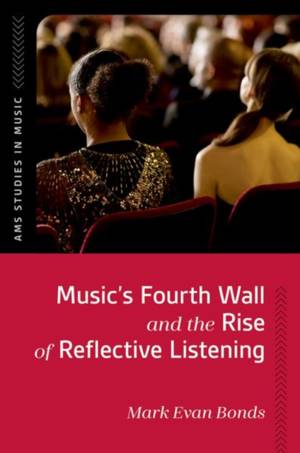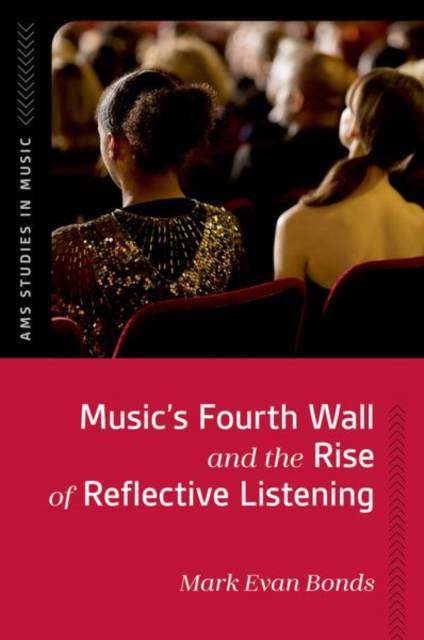
- Afhalen na 1 uur in een winkel met voorraad
- Gratis thuislevering in België vanaf € 30
- Ruim aanbod met 7 miljoen producten
- Afhalen na 1 uur in een winkel met voorraad
- Gratis thuislevering in België vanaf € 30
- Ruim aanbod met 7 miljoen producten
Zoeken
Omschrijving
We've all heard some version of the line: "I enjoy classical music but don't know anything about it." Why but? Why and when did listeners begin to accept the idea that knowledge was needed to enjoy this particular repertory? Music's Fourth Wall and the Rise of Reflective Listening traces fundamental changes in the way listeners perceived instrumental music in European concert halls over the course of the late eighteenth and early nineteenth centuries. Like the theater, the concert hall has its own fourth wall, an imagined barrier that allows audiences to forget that what they are experiencing is a carefully crafted artifice, which in turn allows them to lose themselves in the music and resonate with it in a way that is immediate and direct. But when composers like Joseph Haydn began to violate music's fourth wall--most spectacularly in the finale of the "Joke" String Quartet (1782), with its repeated false endings--lay listeners were compelled to listen reflectively. They could not lose themselves in what they were hearing when it kept reminding them that they were listening to a work of music. Author Mark Evan Bonds uses the concepts of resonant and reflective listening as coordinates for tracing this important change in the history of concert-hall listening. By 1850, reflective listening--once limited largely to professional musicians and connoisseurs--had become the aspirational norm for lay listeners. Contemporary developments in the philosophy of art accelerated the growing status of instrumental music by promoting a mode of perception that went beyond the merely sensory to incorporate the intellectual as well: Beethoven famously thought of himself as a "tone poet," someone who not only moved listeners but also challenged them to think and reflect. Lay audiences thus gradually accepted the idea of listening as a skill that could be learned and cultivated. Bonds shows how music appreciation texts, composer biographies, program notes, and pre-concert lectures, all new during this period, helped reinforce a growing distinction between classical and popular repertories. For better or worse, the ideal of reflective listening has prevailed ever since.
Specificaties
Betrokkenen
- Auteur(s):
- Uitgeverij:
Inhoud
- Aantal bladzijden:
- 232
- Taal:
- Engels
- Reeks:
Eigenschappen
- Productcode (EAN):
- 9780197806371
- Verschijningsdatum:
- 14/07/2025
- Uitvoering:
- Hardcover
- Formaat:
- Genaaid
- Afmetingen:
- 169 mm x 237 mm
- Gewicht:
- 485 g

Alleen bij Standaard Boekhandel
+ 319 punten op je klantenkaart van Standaard Boekhandel
Beoordelingen
We publiceren alleen reviews die voldoen aan de voorwaarden voor reviews. Bekijk onze voorwaarden voor reviews.








